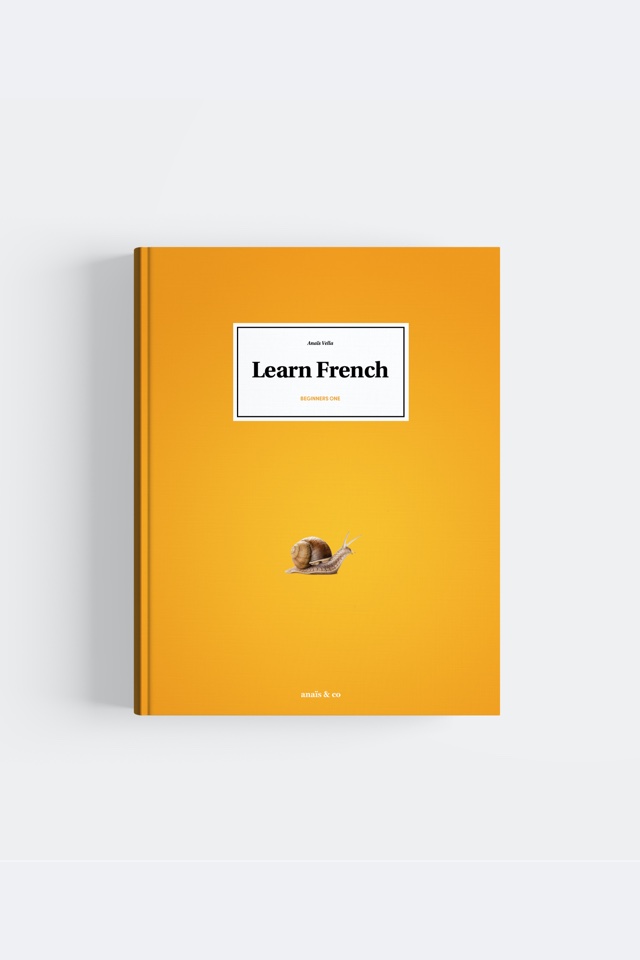

| Type 1 | Type 2 |
|---|---|
| Au (masculine) | Du (masculine) |
| À la (feminine) | De la (feminine) |
| À l’(vowels or “h”) | De l’(vowels or “h”) |
| Aux (plural) | Des (plural) |
In French “à le” doesn’t exist. Instead, we must contract “à” and “le” into “au.” Same for “à les”, this does not exist, and we must contract “à” and “les” into “aux.” However, it is fine to use the preposition “à” followed by the definite articles “la” or “l’” without any contraction.
In French “de le” doesn’t exist. Instead, we must contract “de” and “le” into “du.” Same for “de les”, this does not exist, and we must contract “de” and “les” into “des.” However, it is fine to use the preposition “de” followed by the definite articles “la” or “l’” without any contraction.
The preposition “à” means “to” or “at” and the definite articles “le, la, l’ and les” mean “the.” As a result, the contracted articles type 1, mean “to the” or “at the.”
The preposition “de” means “of,” “from,” or “about” and the definite articles “le, la, l’ and les” mean “the.” As a result, the contracted articles type 2, mean “of the,” “about the” or “from the.” They look the same as the partitive articles but have a different meaning and are used for different things.
The contracted articles type 1, can be used in front of places like buildings or countries (some of them) when the verb in the sentence is “aller” (to go) or “être” (to be).
For example:
Je vais au cinéma → I am going to the cinema.
Tu es à la piscine → You are at the swimming pool.
The contracted articles type 1, are used in front of sports and activities when the verb in the sentence is “aller” (to go) or “jouer” (to play). The sports you can play are the same in French and in English. When “aller” is used with sports you can play, the meaning in French is “to play/ to do” and not “to watch.”
For example:
Je vais à l’équitation → I am going (to the) horse riding.
Je joue aux échecs → I play (at the) chess.
Je vais au foot → I am going to the football. (to play)
Some verbs in French must be followed by the preposition “à” or “de.” It is then important to contract the preposition with the definite article you have in front of the noun. When the preposition “à” is used, the contracted articles type 1 are used. When the preposition used is “de,” is used, the contracted articles type 2 will be used.
For example:
Parler à → To talk to → Je parle à la fille →
I am talking to the girl.
Parler de → To talk about → Je parle des trains →
I am talking about trains.
The contracted articles, even “de” + “le, la, l’, les”, stay in negative sentences.
For example:
Je ne vais pas au cinéma → I am not going to the cinema.
Je ne parle pas de la fille → I am not talking about the girl.

More in the books
Werther you are learning by yourself, with Anais and Co or if you are a FLE teacher find this lesson and many more in a beautiful book.
Be notified when we upload a new video.